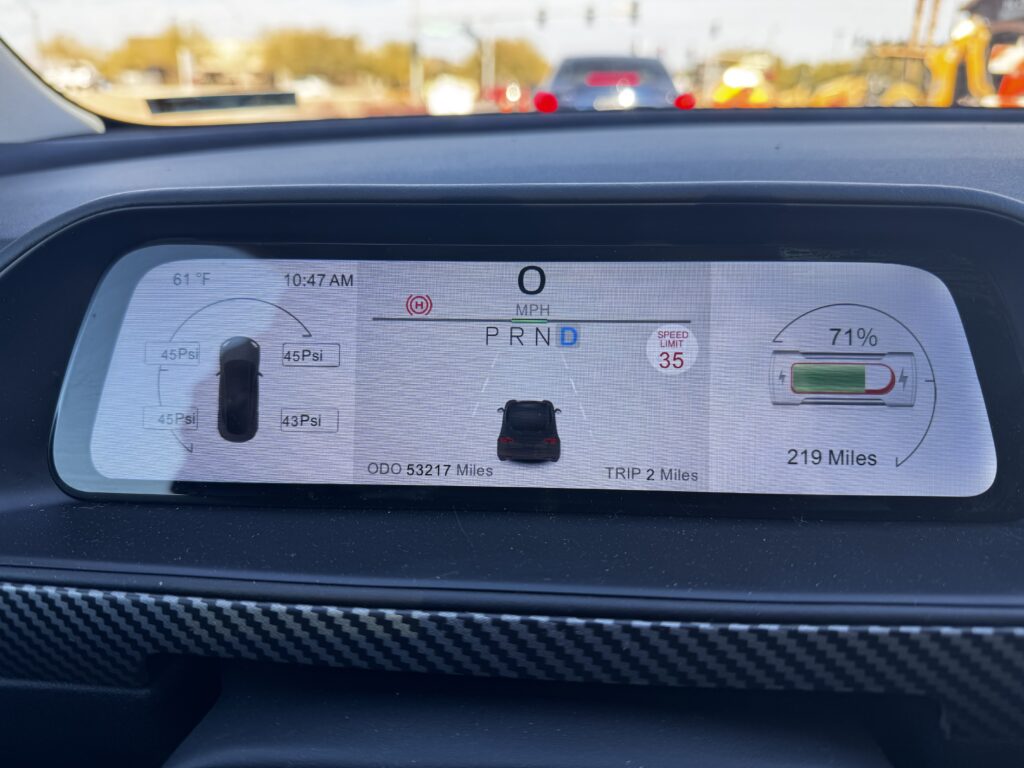This is the second in a series of three articles reviewing the Amazon Echo device and it different features and capabilities, and the Echo’s place in our technological universe. The first covered some of the basics you’ll experience in getting it set up and working in your home or office. The second covers the interactive features and some ways in which the Echo does (and does not) fit into one’s day. The third will cover smart home features and connectivity.
Looking past the basics of the Echo’s entertainment features, Alexa offers a lot of functionality when it comes to helping get your life in order. An industrious user could easily build an entire book of life-hacks centered around Alexa.
Alexa is built around two major components: “skills” and “cards.”
As mentioned previously, skills are a set of instructions built around a specific feature, technology, or service. But what are “cards” and how do they fit into all of this?
Echo creates a “card” every time you issue a new voice command. That card contains a voice recording of your command, as well as the speech to text conversion of what was said. Cards are basically the individual commands that comprise a set of skills.
Almost all of the existing sets of available skills are based around the construct of “Alexa, ask [service_name] for [something].” The “[something]” being language constructs that would otherwise not be understood.
For example, by default, Alexa has no idea what “Hurricane Center” means. If I ask it to “play Hurricane Center,” Alexa looks for an artist or song by that name. After enabling the “Hurricane Center” set of skills in the app and asking the same question, Alexa tells me about current tropical storms in both the Atlantic and Pacific oceans (none as of this writing) or historical hurricane data from previous years. However, living in the upper midwest, information about hurricanes and BART schedules isn’t something that impacts my day-to-day.
If you want functionality beyond what the default skills of Echo support (and these are limited), you will need to dig into third party skills. Most of the current library of skills are either niche or esoteric skills that are of limited utility.
And this is where I feel a little let down by the Echo. Here I have this device that is supposed to act as a new gateway to the Internet, but I have to go into the device configuration and tell it what parts of the Internet appeal to me. At the moment, the current offering of skills is sparse and the subject matter, specialized.
To change this, Amazon has made development tools available to whoever wants to develop new skills for the Echo. The only limitation I see here is what can or cannot be accomplished via Q&A interactions with an AI.
Shopping
This is one aspect of the Echo that really pleased me.
Having been the busy professional with limited time, my grocery shopping experience usually involved guessing what I had at home while strolling up and down the aisles of the local Safeway. Making and keeping a list over time, say as the week goes by, can be a challenge for some of us. Not having the list in hand when we think of something means that we likely forget to add the things we needed. Coffee? Drain cleaner? Batteries? Spices? That thing you needed for your kid’s school event?
Alexa understands the context of a shopping list. Adding and removing items from your shopping list is accomplished with a simple voice command. When you go to the store, you simply pull out your phone, open the Alexa app, and there’s your shopping list. For those who understand the frustration of being the victim of one’s own faulty memory, this is a feature that should find broad appeal.
To-Do
Independent of the calendaring functions, Alexa also understands the context of a to-do list. Creating new to-do items is accomplished with simple “new to do” or “new reminder” commands. The item is added to a list maintained by Alexa. and can be queried or updated with voice commands or in the Alexa app. Unfortunately, the to-do list management is missing what many will likely see as some crucial functionality, namely a lack of an actual reminder function.
Adding an item to the to-do list just puts it on the list. If you put “make cupcakes for school event” that’s what you get. There is no due date associated with the to-do. There is no reminder function to tell you “hey, those cupcakes are needed tomorrow morning!” If you have a due date, you’ll need to put it on the calendar.
Conclusion
For most people, AI interactions represent a tectonic shift in how we understand and use technology, and the Echo accomplishes this surprisingly well on many fronts. Amazon’s Echo device has done a lot to close the gap between natural human interaction and the technologies around which our lives revolve, and most consumers will likely enjoy everything that Echo has to offer. But the little disconnects, specializations, and basic framework that underlie Alexa’s functionality all leave me feeling as though there is something missing.
Part III: Taking Over the Smart Home
- Review: Amazon Echo – The Human:AI Interface - June 23, 2016
- Review: Amazon Echo - June 21, 2016



